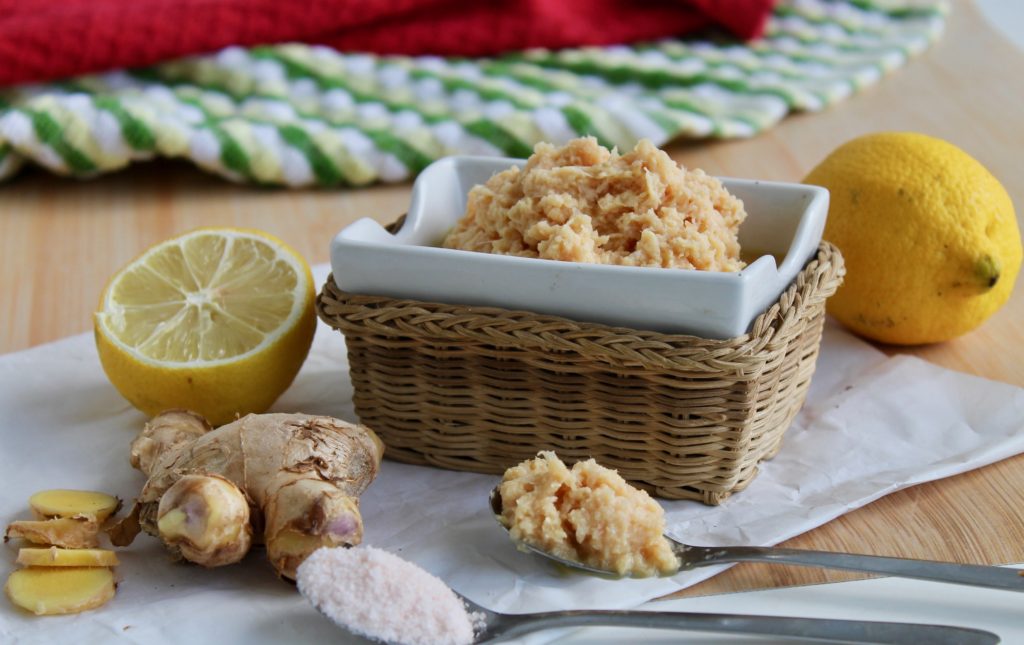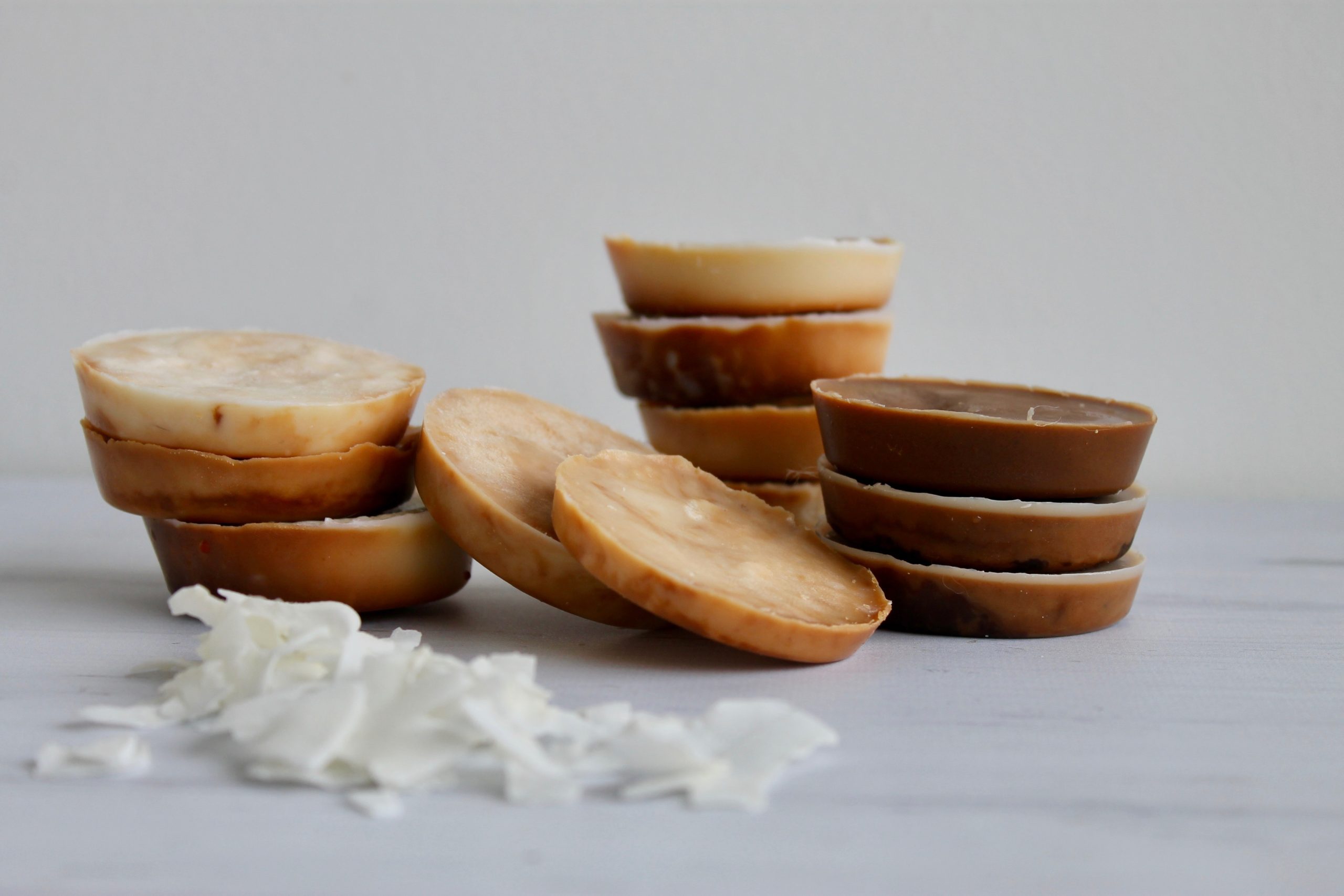Many digestive health issues that are classified as IBS, start with an infection of the stomach called h. pylori. But this common infection does not have the same effect on everyone.
For some people, h. pylori can cause bacterial overgrowth, reflux, constipation, stomach pain and ulcers. For others, it’s just a neutral bacterial inhabitant of the stomach that doesn’t cause any problems.
However, stress, changes to immune status and other internal conditions can morph a neutral h. pylori infection into a harmful and virulent one.
H. pylori can cause downstream digestive issues and biome imbalances by lowering stomach acid. Stomach acid is our first line of defense against the pathogens that we may ingest (parasites, pathogenic bacteria, yeast or mold).
We are far more likely to have an intestinal infection when h. pylori is present. And our ability to digest food is also compromised.
When undigested food particles make their way into to the intestines, they become food for yeast, parasites or bacteria. This causes bloating, gas, abdominal pain and upper GI symptoms like heartburn.
This is how h. pylori can cause IBS. It can also lead to inflammation and holes in the gut lining, called intestinal permeability. And this can cause food sensitivities, which deepens the cycle of inflammation.
When is h. pylori is neutral vs. harmful?
The strength of the immune system determines how h. pylori grows and evolves.
The immune system is regulated by lifestyle factors like diet and sleep, but most importantly, by stress.
When stress increases, it compromises the immune system’s ability to function optimally, which can lead to an h. pylori flare up/overgrowth and can turn it pathogenic.
H. pylori can cause conditions like small intestinal bacterial overgrowth (SIBO), gastritis, bacterial overgrowth in the large intestine (LIBO), candida (yeast overgrowth), insufficient digestive enzymes and parasitic infections.
H. pylori alone cause symptoms like constipation, depression, anxiety, heartburn/reflux/GERD, bloating, gas, burping and hiccuping, rosacea, stomach pain (especially when empty), nausea, loss of appetite, weight changes, rosacea and nutrient deficiencies in B 12 and iron. It has even been implicated in Hashimotos, an autoimmune disease of the thyroid.
Emotional disregulation (mood swings, depression and anxiety) is one of the worst symptoms of h. pylori. It’s caused by an impaired ability to breakdown and absorb amino acids from meat.
These amino acids are building blocks of neurotransmitters like serotonin, which regulates mood AND motility.
That’s how a problem that starts in the stomach causes a variety of seemingly unrelated symptoms in the rest of the body.
How to know when to treat h. pylori?
If h. pylori shows up positive on a test and there are also digestive complaints, emotional issues or fatigue, chances are that h. pylori is the direct cause of those symptoms or is causing infections or imbalances that drive those symptoms.
While testing positive for h. pylori is the first step in tackling it. It is also important to see the effect it’s having on the biome. I highly suggest the GI Map. Not only is it the best test for finding h. pylori, it will also provide a snapshot of the effect it is having on the gut.
There’s a typical pattern of bacterial overgrowth (called dysbiosis) that result from h. pylori. That overgrowth needs to be cleaned up after addressing h. pylori, to feel full symptom relief.
How to test for h. pylori
H pylori is difficult to test for because it hides under biofilm (a biological, protective shield it creates) and does not shed every day in the stool.
The testing options are stool tests, breath tests, blood tests and biopsies for h. pylori.
All of them have a decent chance of showing a false negative.
The GI Map is a functional stool test. I use it with clients to spot hard to find h. pylori infections. It can find h. pylori when other tests have not.
Upper GI symptoms like ulcers, burping, GERD, stomach pain and reflux are also good clues that h. pylori is present, but hiding.
Sometimes h. pylori does not show up on the GI Map, despite being present. But there is a classic biome pattern that suggests it is there.
I write more about this pattern in my h. pylori rescue guide.
But a skilled practitioner can also spot this pattern.
Typically, after work is done on healing the gut, h. pylori will show up on a subsequent GI Map retest.
As we peel back layer of inflammation, h.pylori can surface. When it does, it becomes easier to eradication. Blastocystis hominis and dientamoeba fragilis are the two most common parasites seen with h. pylori and are red flags that h. pylori is present.
The GI Map also tests for virulent strains of h. pylori which are responsible for causing ulcers and in rare cases stomach cancer.
Everyone with a virulent strain of h. pylori should address it.
How low stomach acid causes GERD, reflux or heartburn
If you suffer from GERD and don’t get relief from acid lowering medications I advise looking into h. pylori as a root cause.
Reflux and GERD are caused by a loose lower esophageal sphincter (LES) that lets stomach acid escape and flow up through the esophagus. Abundant stomach acid signals the LES sphincter to remain tightly shut.
The tight seal can loosen when stomach acid is low. As it opens, stomach acid escapes the stomach and back-flows into the esophagus.
Treating infections in the right order
If your stool test or GI Map reveals that other infections are present along with h. pylori, the best practice is to address h. pylori first. You always want to deal with the root cause first.
Because the stomach-acid lowering effects of h. pylori can cause other infections, the root cause needs to be addressed first. Then the overgrowths will be easier to clear.
H. pylori could be the reason some people struggle to clear stubborn SIBO or candida overgrowths.
How to address h. pylori
While the conventional treatment for h. pylori is a 10 day course of 3 to 4 antibiotics, and acid-lowering proton pump inhibitors, I caution against this route.
For some people, a heavy course of antibiotics can devastate their biome. Especially if there’s an imbalance to begin with. If you don’t understand how to properly recover your biome after antibiotics, the safer bet is to use herbal intervention.
When used properly and for long enough, herbs can be even more effective than antibiotics, without side effects/symptoms like yeast or bacterial overgrowth. Or loss of beneficial bacterial species.
Triple therapy antibiotics for h. pylori leads to long lasting derangements in the composition of commensal bacteria in the large intestine, lasting up to 4 years.
People can develop IBS from a course of antibiotics alone. It can be the last straw for a system on the verge of collapse.
Dangers of PPI (acid reducing drugs)
The dangers of proton pump inhibitors is that they may lower already low stomach acid.
PPIs like Nexium and Prilosec decrease the population of small bowel Bifido bacteria within 7 days of starting therapy.
Bifido helps produce GABA an inhibitory nuerotransmitter that helps us feel calm.
It also helps produce butyrate, a short chain fatty acid that tames inflammation and seals the intestinal lining.
PPIs can increase the potential for developing a c-Dificile infection and SIBO (overgrowth of bacteria in the small intestine).
My h. pylori protocol
I wrote the H. Pylori rescue guide with 11 h. pylori fighting-recipes to help address h. pylori correctly and naturally and prevent relapse. Including which foods support eradication and which foods interfere with it.
After reading the guide you’ll understand h. pylori’s effects on the biome, digestion, and gut health.
It covers biofilms and how to bust them, how to ease painful symptoms, when to boost stomach acid, what probiotics and immune supplements are most beneficial.
Since I had h. pylori myself, I want you to avoid making common mistakes like I did.
One example is not raising stomach acid during treatment as it will make the bacteria hide and harder to kill.
A good way to support stomach acid is to avoid drinking when you eat as this dilutes stomach acid.
My very favorite natural remedy for h. pylori is matula tea. But there are many other ways to deal with it.
While this tea is very powerful, h. pylori is getting harder to kill (due to overuse of antibiotics) but adding the right foods and herbs can greatly increase the chance of success.
Also avoid the most common mistakes like not doing the protocol long enough.
Check out the h. pylori rescue guide here.



